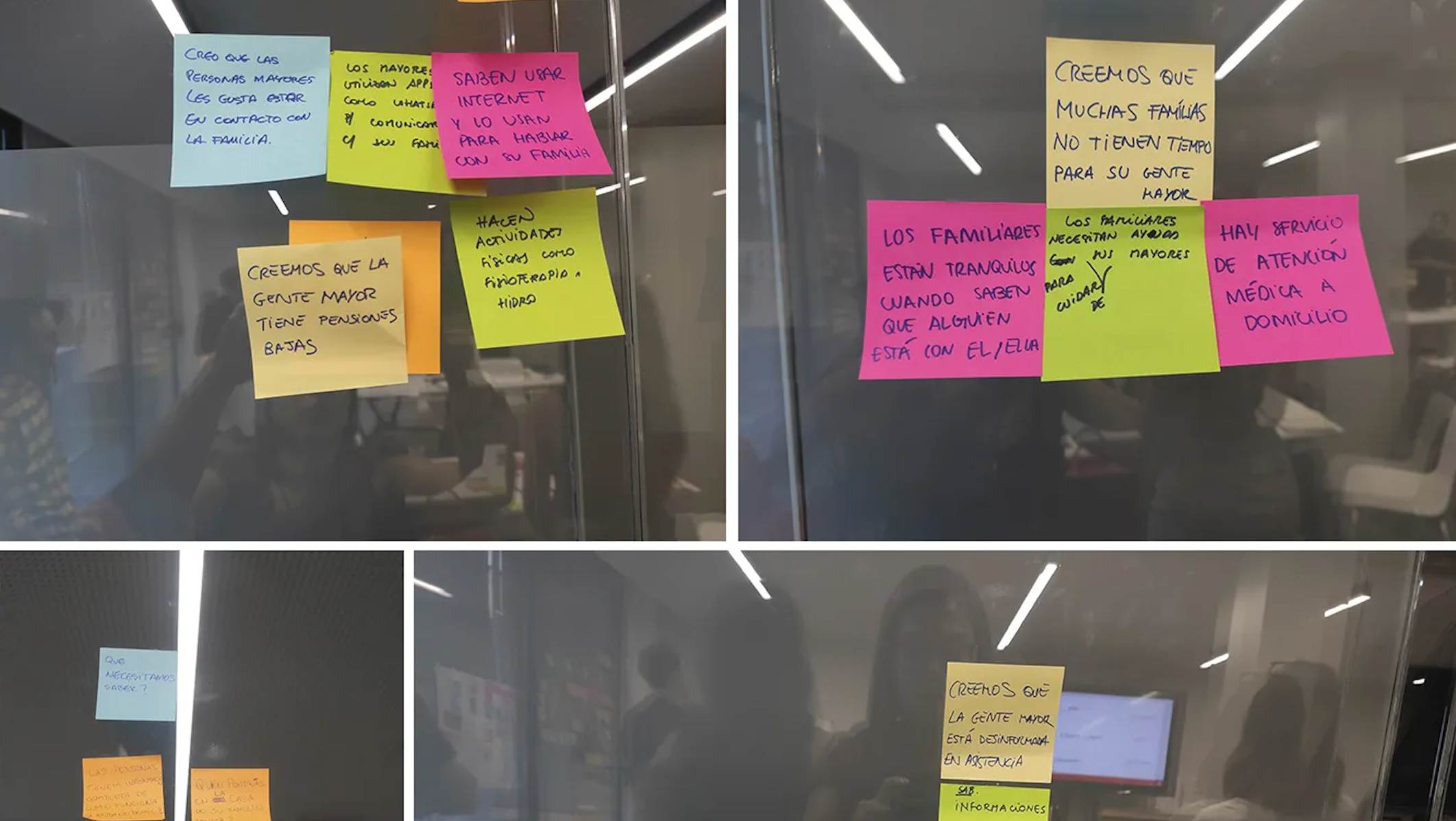Participating in the Mega Hack Women, offered by Trybe and facilitated by Shawee, was an exciting experience. Being my first hackathon, the one-week deadline was truly challenging.
We formed a team of five people, all strangers to each other, each from a specific area (business, marketing, UX design, and programming). Together, we chose a challenge proposed by one of the participating companies and developed a solution with coding in just one week.
We decided to use a methodology similar to Design Sprint to achieve a good result within the limited time of the project.
CHALLENGE
VTEX | Proposed Problem: Overcome the obstacle of inclusion. Use technology to attract and integrate women into the tech market.
PROCESS STAGES
MAP: Understand and define the problem.
SKETCH: Generate ideas. In this stage, idea creation is free from criticism.
DECIDE: Evaluate ideas from the previous stage and define the possible solution.
PROTOTYPE.
MAP
To identify our problem, we used some tools. We started with existing research and then conducted direct surveys with women facing difficulties entering the IT market or who had even given up.
The research led us to some conclusions:
Deeply rooted cultural machismo affects how women position themselves in the market, leading to a lack of self-confidence in managing their careers for various reasons. Some of these include:
"Women undervalue/underestimate their own qualifications."
"Six out of ten women do not have a career plan."
"Women apply for a job only when they meet 100% of the criteria and requirements."
"Many women we spoke to said they did not feel qualified enough for the position they had achieved, even when they were recognized as successful."
We used the CSD Matrix to organize the material collected during the research, separating it into three categories: certainties, assumptions, and doubts.
We gathered the most relevant insights from the research and chose one as the central problem to be addressed:
"Insecurity, self-devaluation, and the feeling of being unprepared to enter the market."
We explored the current solutions for this problem and found educational platforms with online courses, career coaching, some communities supporting women in the IT field, and a few YouTube channels offering tips. We found many of these solutions to be superficial; some offered knowledge, but we felt th at women need much more than just technical training.
To better define our target audience, we used the value proposition canvas, focusing only on the customer segment to refine their GAINS, PAINS, and TASKS (to address their challenges).
We defined the persona:
- Jaqueline Santos, 26 years old.
"I am driven by my dreams, my desire to learn, my curiosity, and my passion for technology. But sometimes I feel like I never know enough, no matter how much I study and stay informed, to enter the job market. I feel insecure."
SKETCH
With the target audience defined, we began brainstorming solutions:
DECIDE
Among all the ideas, we decided to create a learning path where women could embark on a journey of self-discovery, setting their goals, understanding their realities, and exploring options to achieve their objectives, while being guided and feeling supported in the process of creating a career plan.
To help us define and refine the solution, we used some tools, such as the Value Proposition Canvas.
Using the Business Model Canvas, we defined our key partners: tech schools, coaches/mentors, recruiters, freelance work tools, and tech companies.
The value proposition for each beginner user in the tech market is building self-confidence, recognizing existing skills, and receiving support through guidance in this professional development process, at no cost.
The revenue streams would include ads from recruiters, online courses within the platform, and recommendations for courses, mentorships, events, and recruiters tailored to each user's goals.
PROTOTYPE
We began developing the platform. We created a path where users can explore, providing more information about their professional lives, goals, realities, options, and a general self-assessment. After completing the path, IAGrow will generate a career plan and suggest possible actions to achieve each user's objectives.
In addition to the path, the platform offers other features, such as a chat that connects all women on the platform, a support network with professionals and teachers sharing tips, ideas, and relevant content, and AIGrow, which simulates job interviews to prepare and boost users' confidence to enter the tech market.
Check out the prototype:

